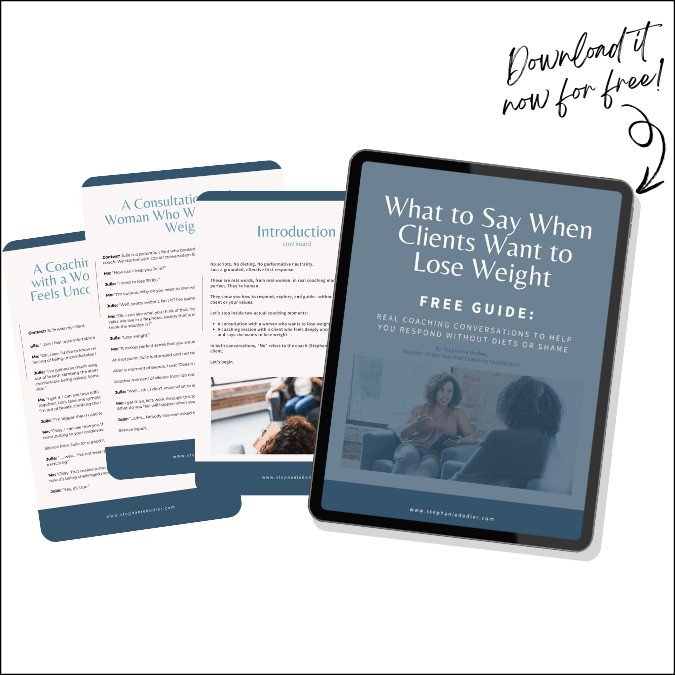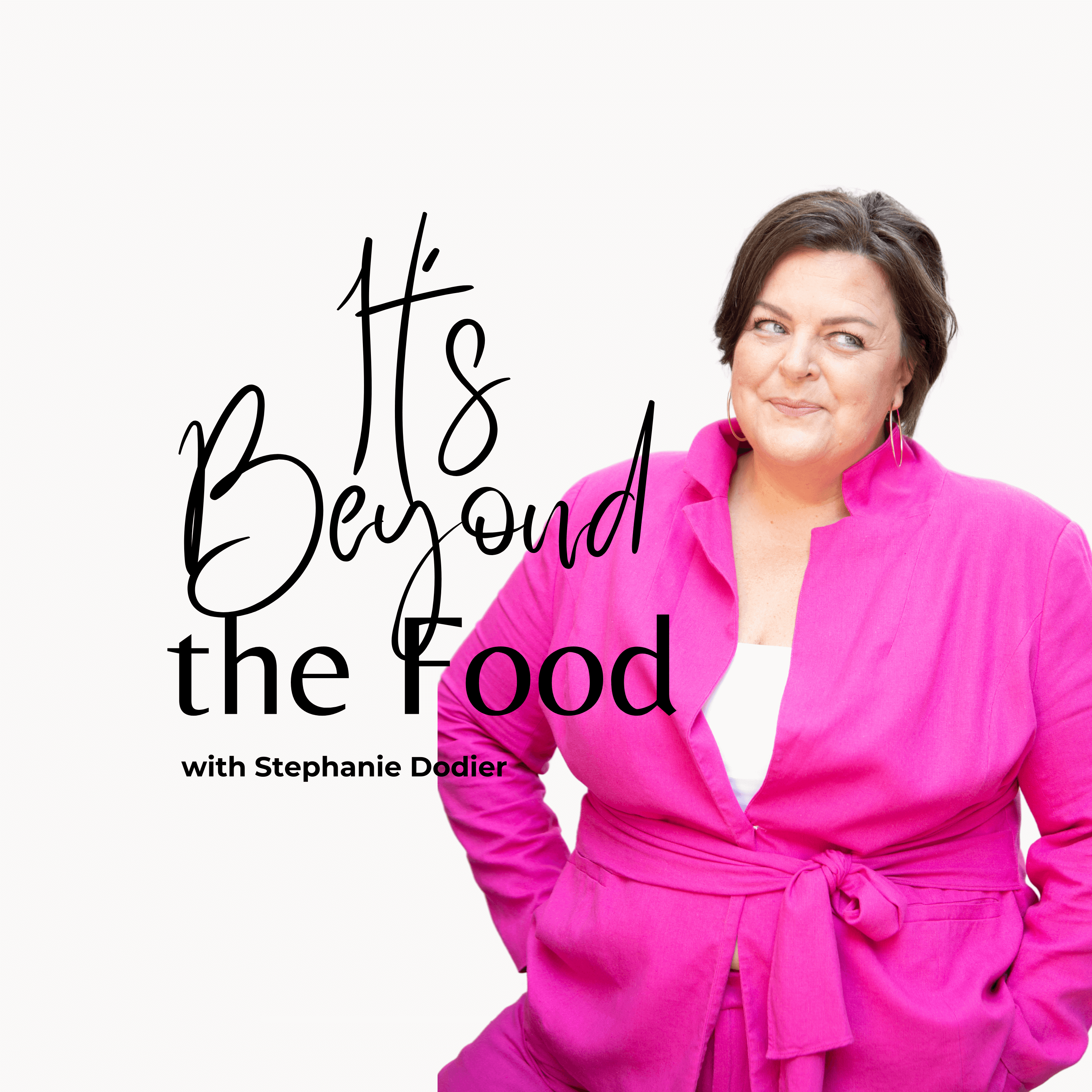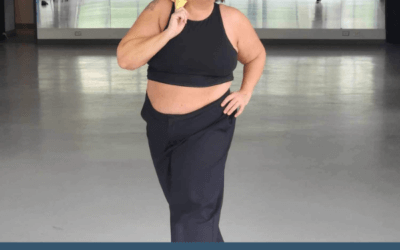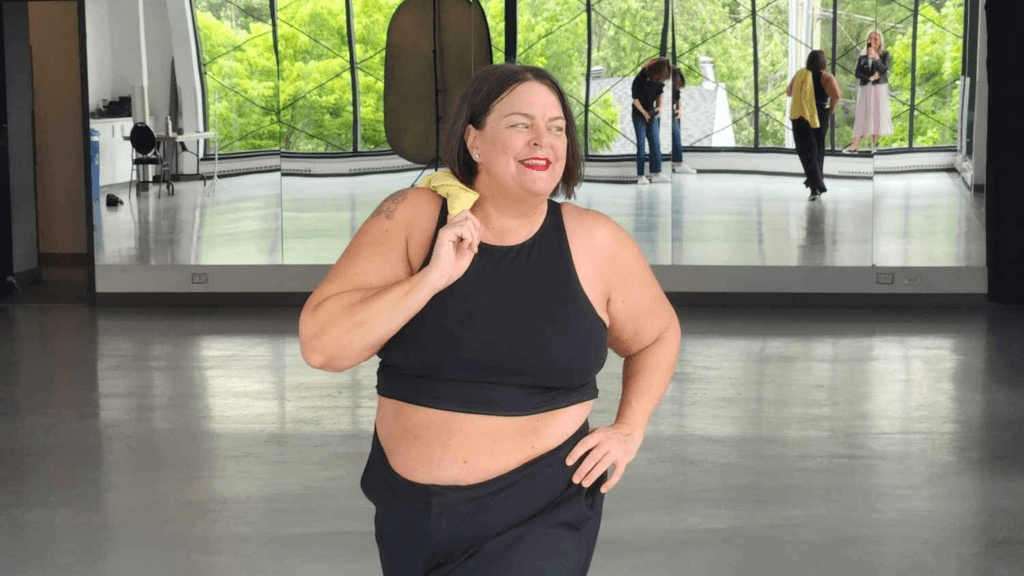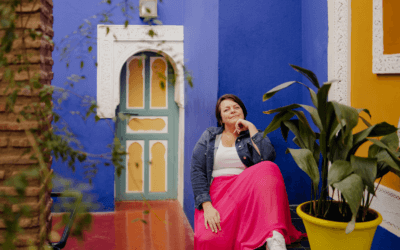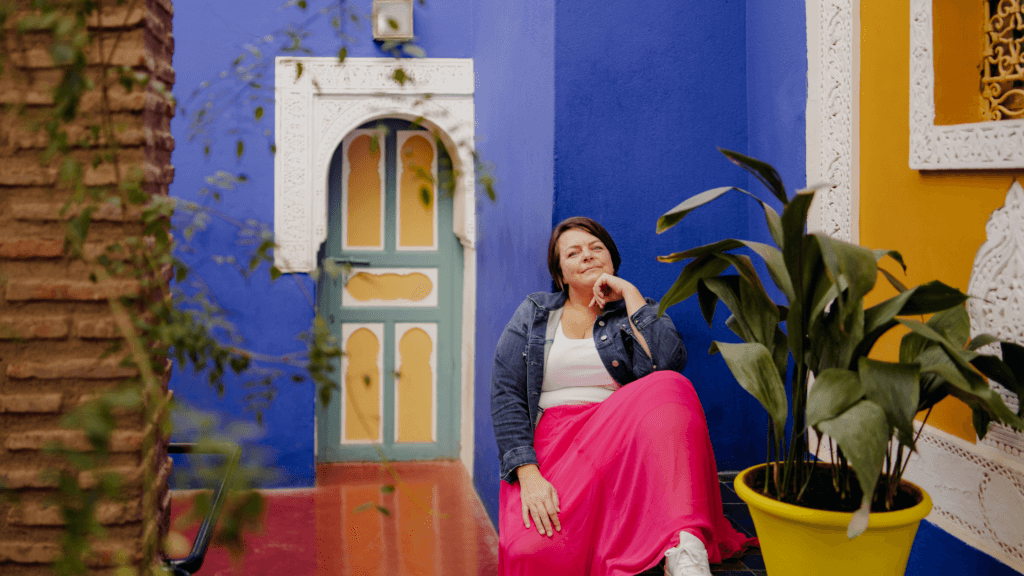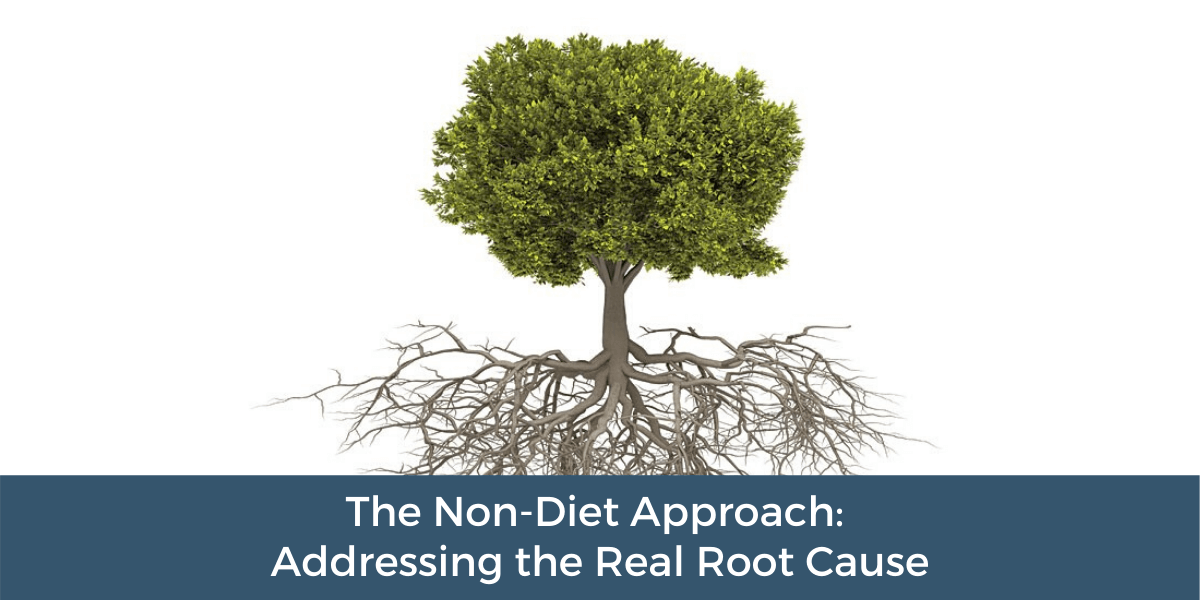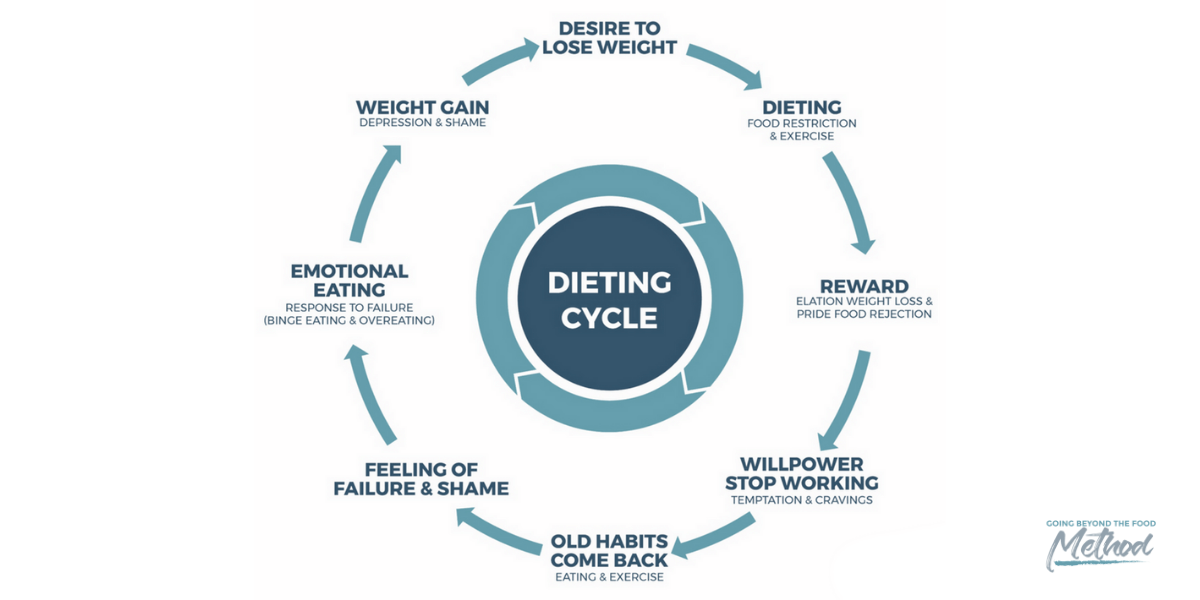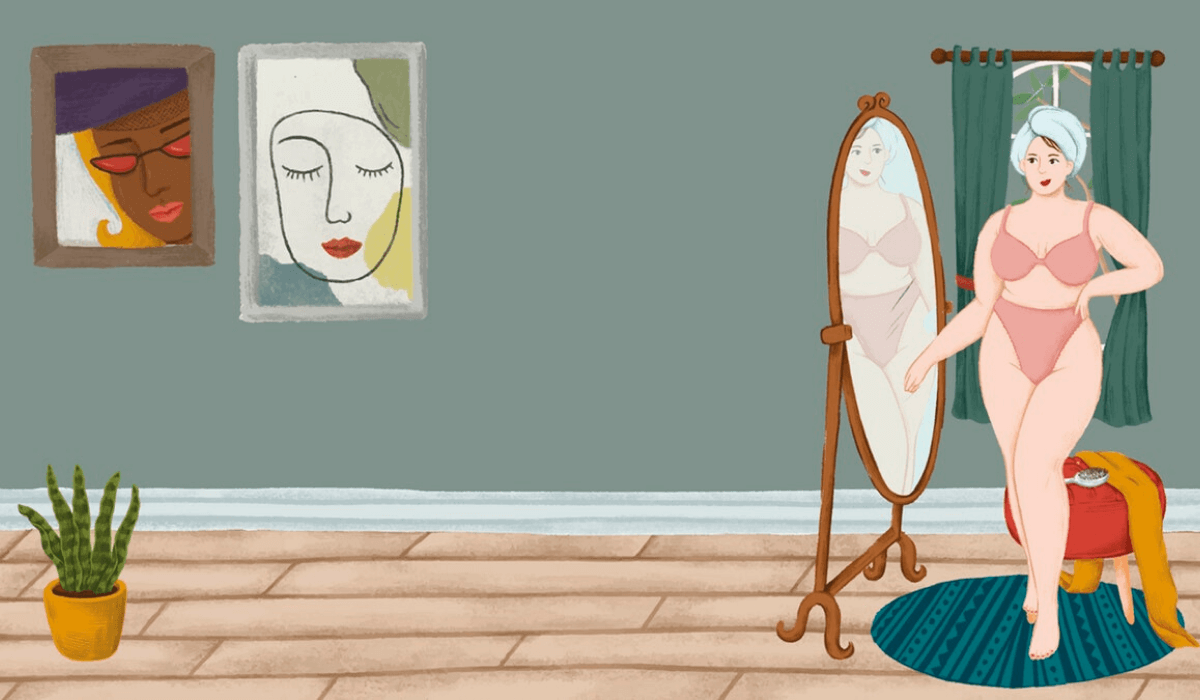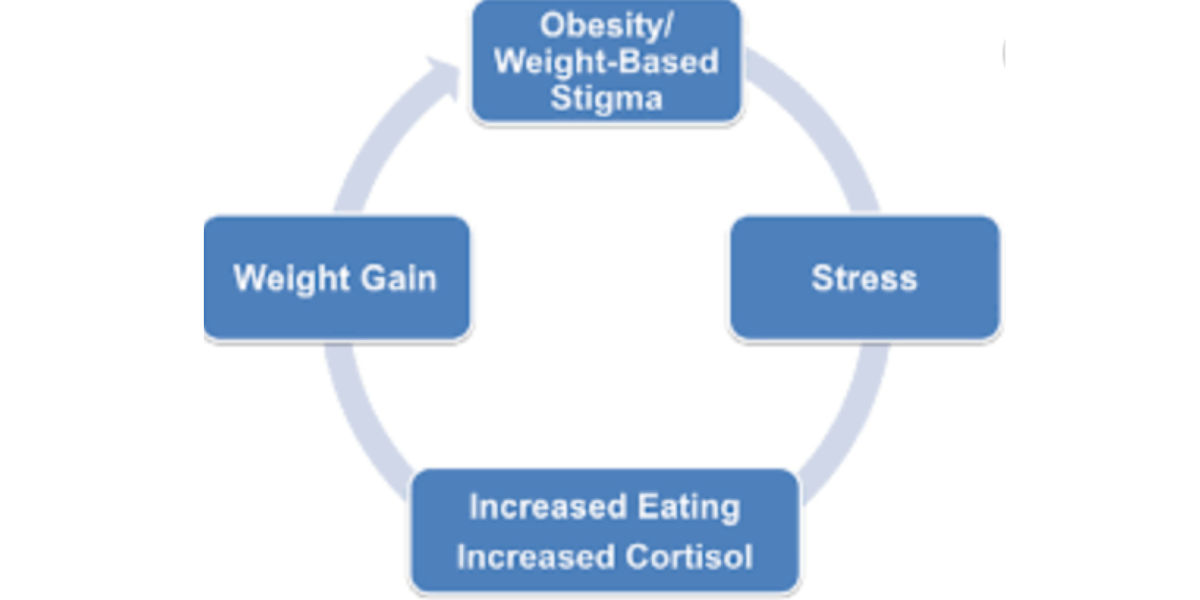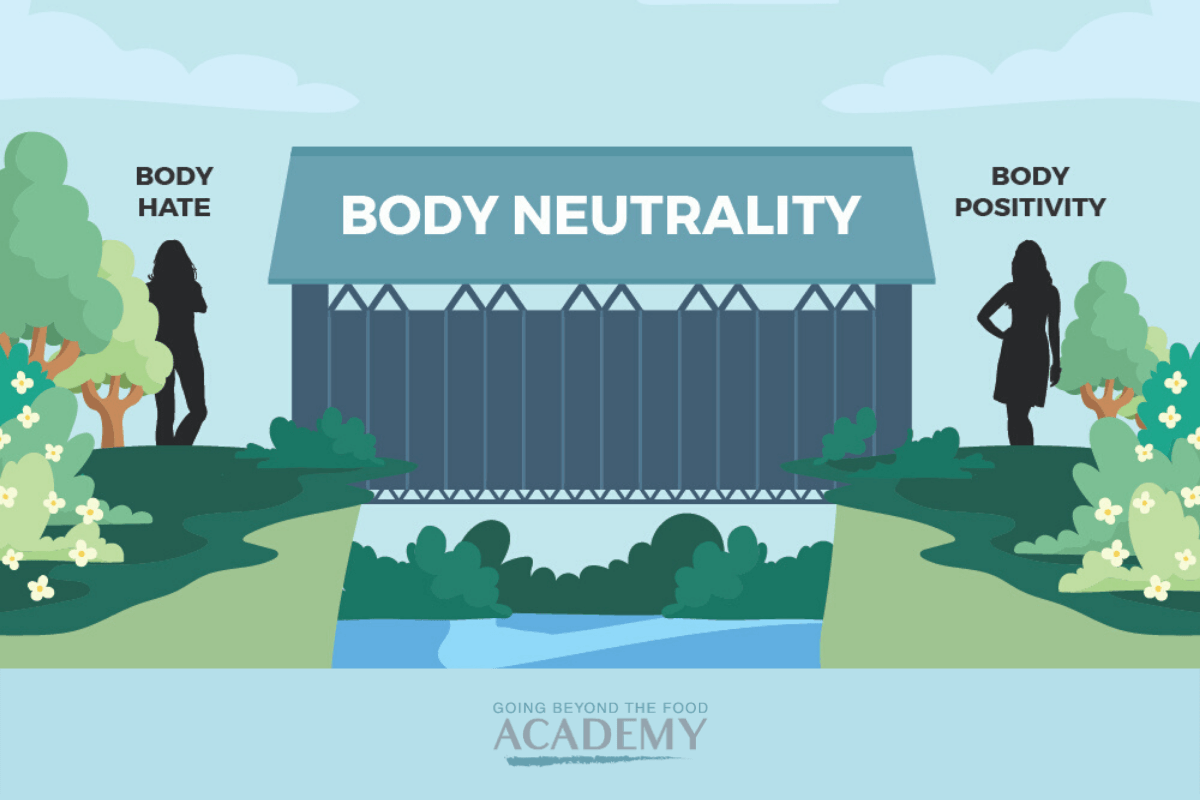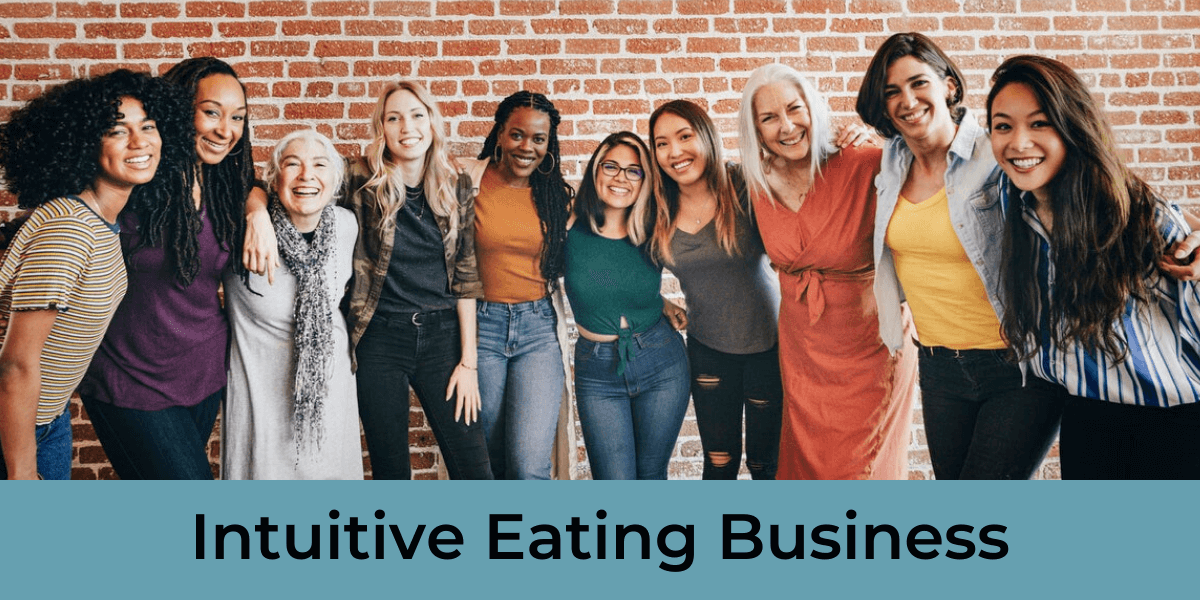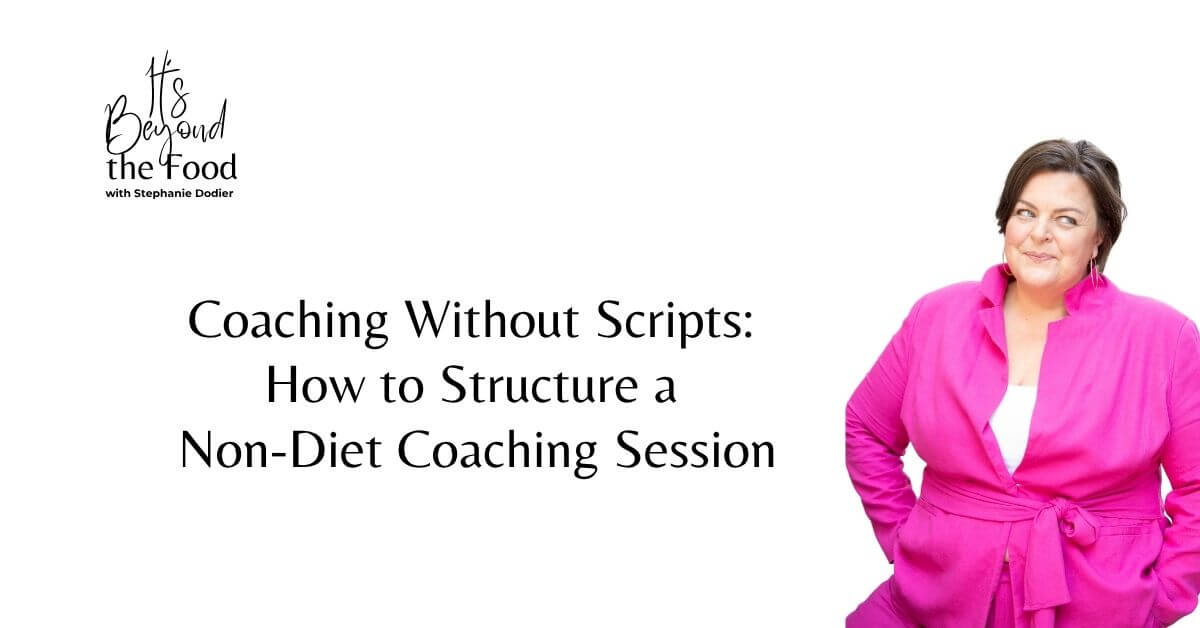

Delivering powerful, weight-neutral coaching sessions isn’t about scripts or templates. It’s about having a repeatable structure that lets you show up grounded, confident, and ready to support your client’s transformation.
If you’re a nutritionist, health coach, or wellness professional who’s moved beyond diet culture, you might be wondering: “Now that I’m not selling weight loss, what am I actually coaching on? How do I guide sessions without relying on metrics like pounds lost or calories tracked?”
This is where structure meets freedom. When you have a clear coaching framework, you’re free to respond to what your client brings without scrambling or second-guessing. You can focus on coaching — not educating, fixing, or over-prepping.
Let’s break down the core structure behind a transformative weight-neutral coaching session.
Coaching Isn’t Educating: Why Structure Matters More Than Ever
With the rise of AI and information overload, clients aren’t paying you for facts or Googleable advice. They’re paying you for:
- Emotional intelligence
- Personalized support
- Co-regulation and nuance
- Safe space to explore change
Coaching is not the same as educating. That’s why tip-based sessions, checklists, or accountability spreadsheets often fall flat. Especially in a weight-neutral approach, where transformation isn’t tracked on a scale.
Clients don’t need more tips. They need space to change.
What gives you the confidence to hold that space is a repeatable structure. One you can rinse and repeat — with ease.
Rather listen to the audio version of this blog? We’ve got you…
The Coaching Framework: Structure vs. Process
Let’s start with definitions.
- Structure is how you deliver the session.
- Process is what you deliver inside that structure.
Think of it like this: The structure is your container. The process is your content.
In the Non-Diet Coaching Certification, we teach our students how to:
- Use Cognitive Behavioral Coaching as a structure
- Deliver processes like Intuitive Eating, Body Neutrality, and Weight-Neutral Health Coaching
That structure lets you coach with clarity, regardless of what your client brings to the table.
The 3-Phase Session Flow: Learn, Build, Have
This is the framework we teach inside the Going Beyond The Food Method™, designed to guide any client toward sustainable, embodied change.
Phase 1: Learn
Goal: Set the foundation. Learn who your client is, what they want, and what’s in the way.
This includes:
- Creating liberated goals (using feminist, client-led goal setting)
- Evaluating their current habits, thoughts, and mindset
- Identifying the limiting beliefs and emotional blocks
Use tools like:
- The Wheel of Life to identify skillset gaps
- Cognitive Behavior Coaching to explore how thoughts drive behaviors
Tip: This phase is usually 2–3 sessions.
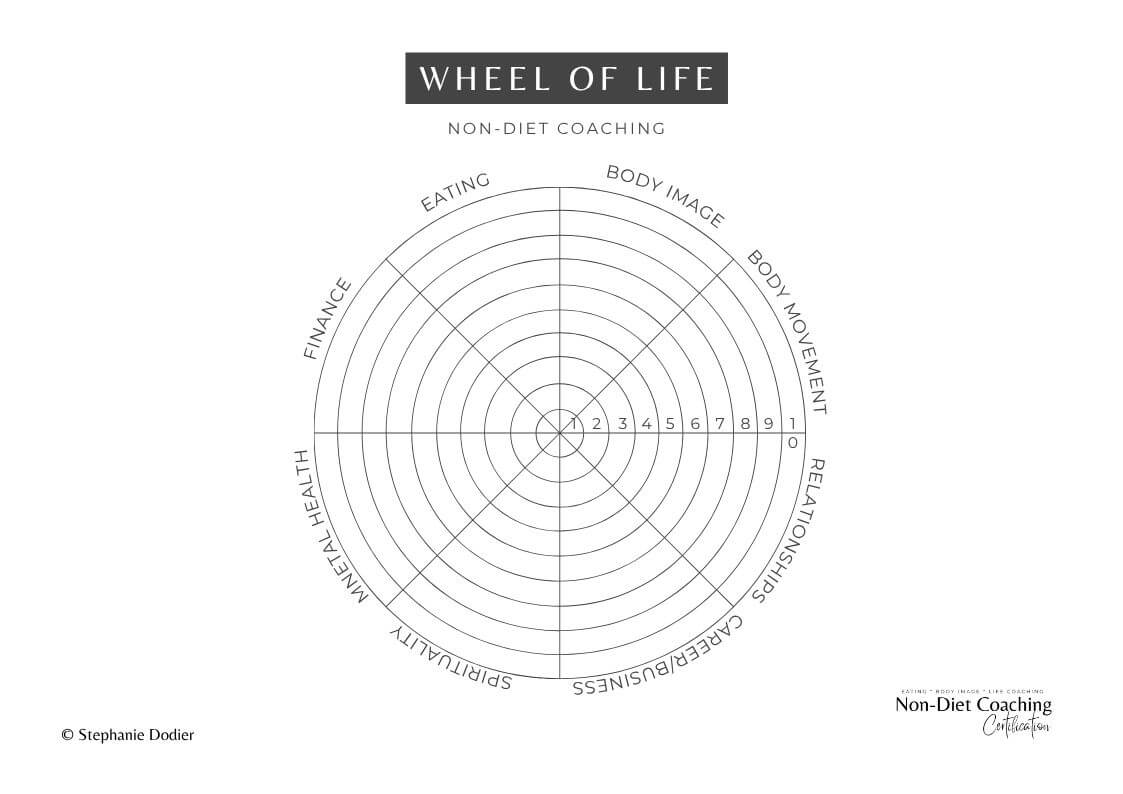

Phase 2: Build
Goal: Build the new skills and habits your client needs to reach their goals.
In this phase, you coach on:
- Developing new thought patterns
- Creating consistent behavior using tools like minimum baseline
- Addressing resistance, shame, or people-pleasing patterns
This is where real change happens.
Coaching Example: Instead of telling your client to “work out more,” you help them implement a minimum baseline (e.g., 2 walks/week for 15 minutes) and coach around what gets in the way.
This is where we coach on boundaries, time management, values, and the messy middle of behavior change.
Phase 3: Have
Goal: Sustain the transformation.
Here, your client:
- Embodies new habits with ease
- Self-regulates through setbacks
- Lives in alignment with their values
This phase is about integration, not intensity. You’re helping your client become someone who has the habit, not someone who’s trying to force it.
Mindset Is the Method
Underneath every session is the mindset structure of Cognitive Behavioral Coaching. That means you coach on:
- What thoughts are driving this feeling?
- What feeling is driving this behavior?
- What belief needs to shift to unlock the next step?
This mindset-first approach is what makes the Going Beyond The Food Method™ so powerful. It integrates mindset, eating, and body image — not as separate pieces, but as a whole.
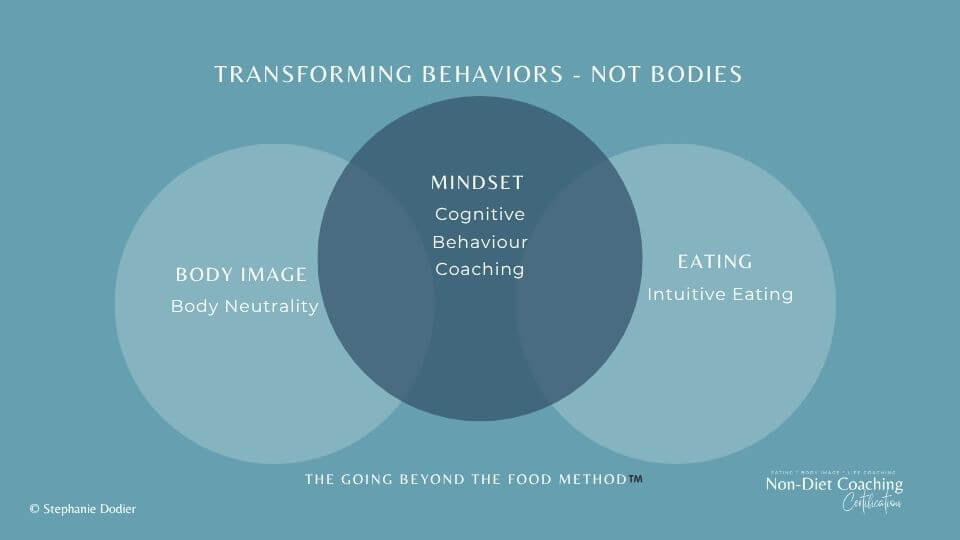

Coaching the Whole Human
Your client isn’t just a body. They’re made up of four bodies of health — physical, mental, emotional, and spiritual.
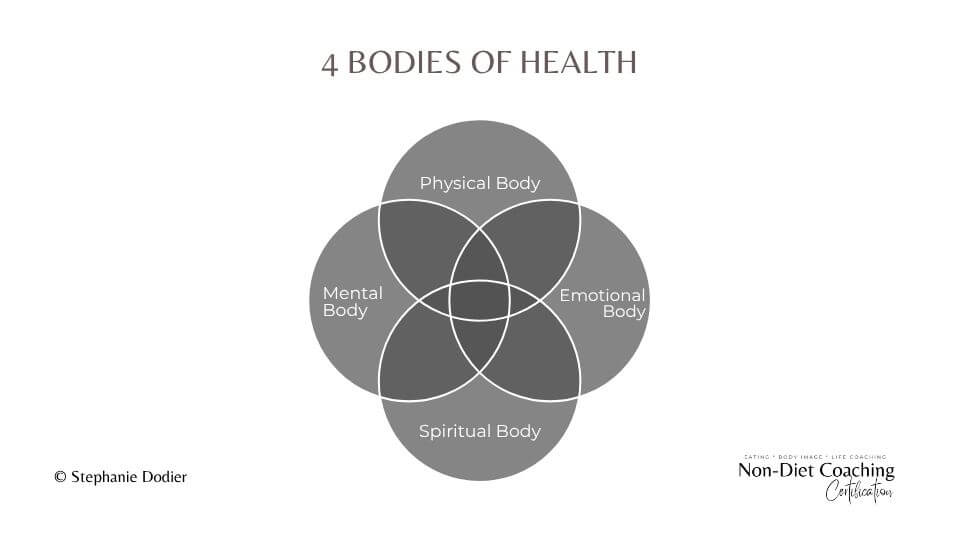

A weight-neutral session structure respects all four:
- Physical: Movement, sleep, rest
- Emotional: Nervous system regulation, grief, joy
- Mental: Beliefs, patterns, mindset
- Spiritual: Values, meaning, purpose
When your session structure makes space for the whole human, your client feels safe to transform.
What This Looks Like in Practice
Let’s say your client wants to stop binge eating.
Learn:
- Explore why bingeing happens
- Identify thoughts and feelings behind the behavior
- Use tools like the Wheel of Life to spot gaps
Build:
- Implement intuitive eating skills
- Coach on body image triggers
- Practice minimum baselines for self-care
Have:
- Normalize intuitive eating
- Maintain new patterns with less effort
- Revisit liberated goals for alignment
This structure gives you flexibility and clarity. You’re no longer winging it every session. You’re coaching with purpose.
Want to Learn This Framework?
You can access all of our services on our work with us page. We have a number of programs and service levels enabling us to serve most women:
Free Resources and Masterclasses: Get started and get to know us better!
Private coaching with Stephanie and her team Stephanie and her team of Certified Non-Diet Coaches are waiting to support you in a one-to-one setting with an individualized plan.
Non-Diet Coaching Certification for professionals ready to integrate the Going Beyond The Food Method™️ in their practice and for women wanting to become a Certified Coach and build a business coaching other women beyond the food.


